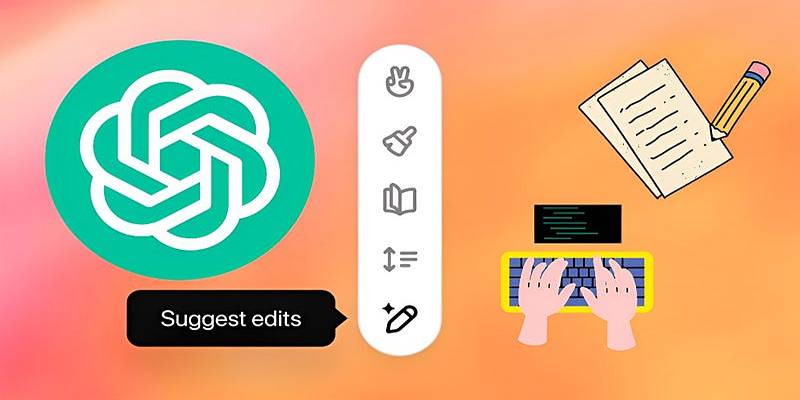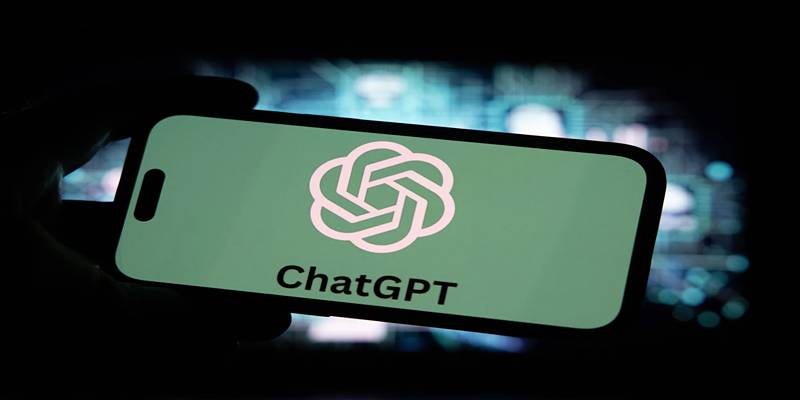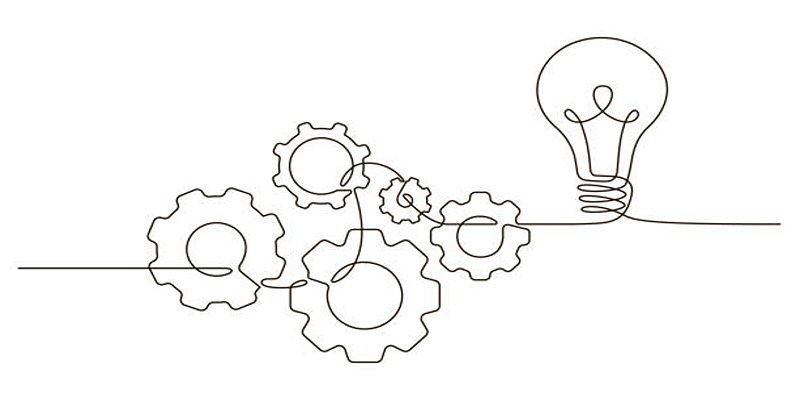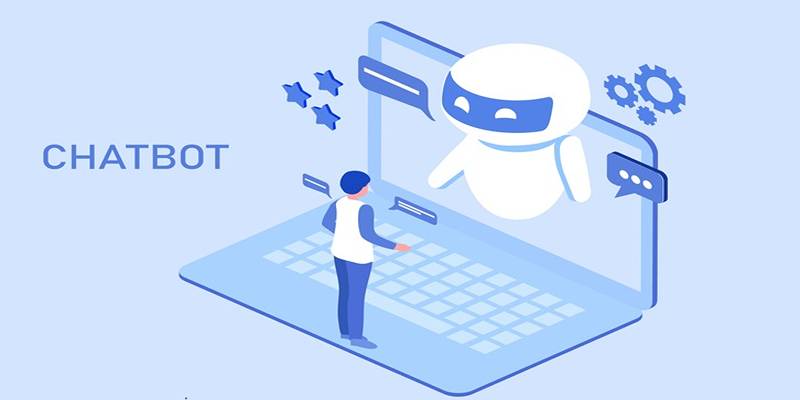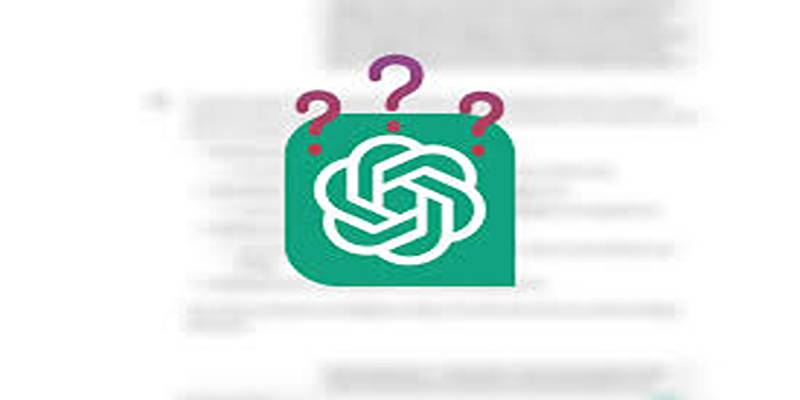"Is AI listening to everything we say?" You must have heard the question as artificial intelligence is becoming an integral part of our daily lives. Everybody knows AI is not going away anytime soon. In fact, AI is everywhere, and it helps with even small tasks, such as writing an email or recommending songs. That's why the fear of AI is also surrounding us. Likewise, many people worry that AI might misuse the data we share with it.
Concerns about privacy, misinformation, and more are growing. However, this doesn't mean we should avoid AI. People should focus on learning how to use AI safely because avoiding it is not a solution. In this article, we will discuss some important safety tips for everyone. So, if you also want to use AI safely, keep reading!

Tips To Ensure Safe Use of AI
A lot of people are concerned about safety while using AI. Here are the tips you should follow to ensure the safe use of artificial intelligence:
Understand What AI Can and Can't Do
It's important to know what AI can and can't do. It can quickly process information, generate content, and even mimic human behavior, but it still has clear limits. AI lacks human reasoning, emotional understanding, and ethical judgment. That means the information it provides might sound accurate, but it could also be inaccurate or misleading. It's not perfect and can make mistakes. To be safe, people should not trust AI blindly; it is never a good idea. People should consider AI a helpful tool and cannot replace human thinking. Always check the facts, look at different perspectives, and ask questions before accepting AI-generated content as true. Ask your kids and even adults to think critically, compare information, and use their judgment. To ensure safety, use AI to assist your creativity or research. However, always double-check and use your brainpower to make final decisions.
Be Careful with Personal Information
When using AI tools, being cautious about sharing personal details is important. Children should be taught not to give out sensitive information like their full name, home address, phone number, school name, or any financial details. Many AI tools collect data to improve performance. However, if users are not careful, their private information could end up in the wrong hands. Even if a platform seems trustworthy, it's always wise to check its privacy settings and policies first. Teaching kids to protect their personal information helps protect them from identity theft, scams, or unwanted contact with strangers. Only share personal details on platforms that are secure and well-known. Additionally, it's safe if an AI clearly explains how it uses your data. When in doubt, don't share.
Understand and Adjust Privacy Settings
Many AI platforms collect data to improve user experience, but knowing how much control you have over that process is important. One of the first steps to using AI safely is reviewing the platform's privacy settings. These settings allow you to decide what information you share. People will understand how the data is stored and who can access it. Take a few minutes to explore the privacy options and adjust them to match your comfort level if you use a chatbot, an educational app, or any other AI-powered tool. This small step can go a long way in protecting your personal information and preventing unwanted tracking or data sharing. Make it a habit to check privacy settings regularly, especially after updates or when using a new platform.
Avoid Deepfakes and Misleading Content
Avoiding deepfakes and misleading content is one of the best ways to ensure the safe use of AI. AI can create synthetic media like audio, images, and videos that look fake but are completely fake. Some use cases are fine, like entertainment, but others can be harmful, like fake political speeches or revenge content. Never trust AI that is used to mislead your audience intentionally. Avoid AI-generated content that could be mistaken for real people or events, especially in journalism, education, or advertising. People should be aware of this fact for their safety. Additionally, if you use AI for creative purposes, ensure the audience knows it's fictional or synthesized.

Stay Informed About AI Laws and Regulations
As AI technology evolves, so do the rules governing its use. Governments worldwide are introducing laws to ensure AI is used responsibly and ethically. For example, the European Union has proposed the AI Act. Additionally, the United States has introduced the AI Bill of Rights. Both aim to prevent algorithmic bias, protect user privacy, and promote transparency in AI systems. Staying informed about these regulations is important if you use AI for personal, educational, or business purposes. Not only does it help you use AI more responsibly, but it also protects you from unintentionally breaking the law or violating someone's rights. People can stay current by subscribing to reliable tech newsletters and reading articles from trusted sources. Make sure your AI usage aligns with the latest rules in your country.
Report Inappropriate or Harmful Content
Many AI platforms have safety features in place. However, users may come across offensive, misleading, or inappropriate content. Understanding and teaching kids that they don't have to deal with such situations independently is important. If they encounter harmful messages, disturbing images, or uncomfortable interactions, they should immediately report it to the platform or service provider. Most platforms have a simple "report" or "flag" button. Equally important is encouraging children to talk to a trusted adult like a parent, teacher, or guardian. It is a smart and responsible way to keep everyone safe online.
Conclusion:
AI is growing and shaping how we work, learn, and communicate. However, using it safely is more important than ever. AI tools can offer incredible convenience and speed, but they still depend on how responsibly we use them. Every small action counts, from protecting personal data and spotting misinformation to understanding platform settings and staying aware of global AI regulations. People should understand AI is a tool, not a replacement for your judgment and human skills.

